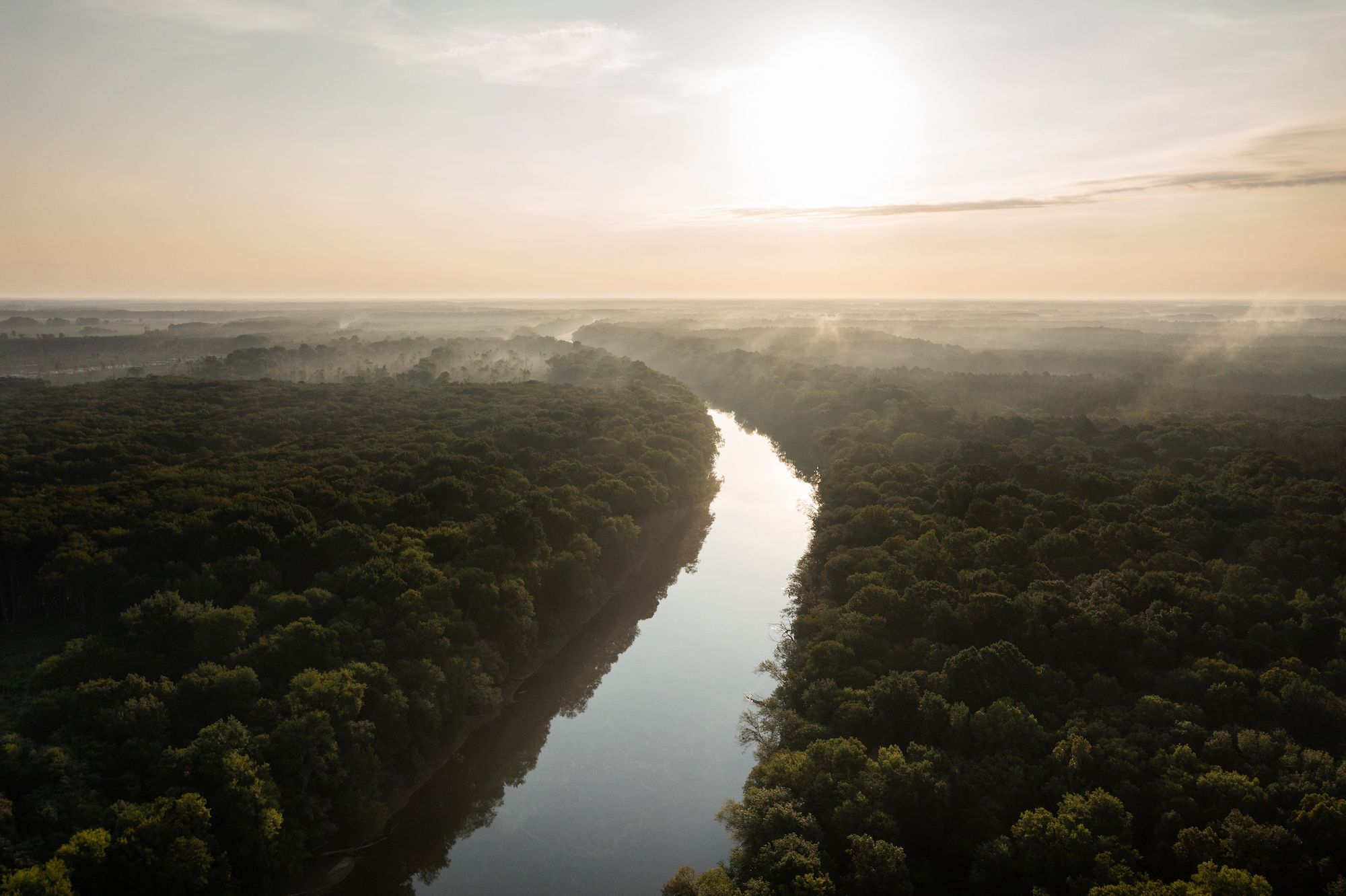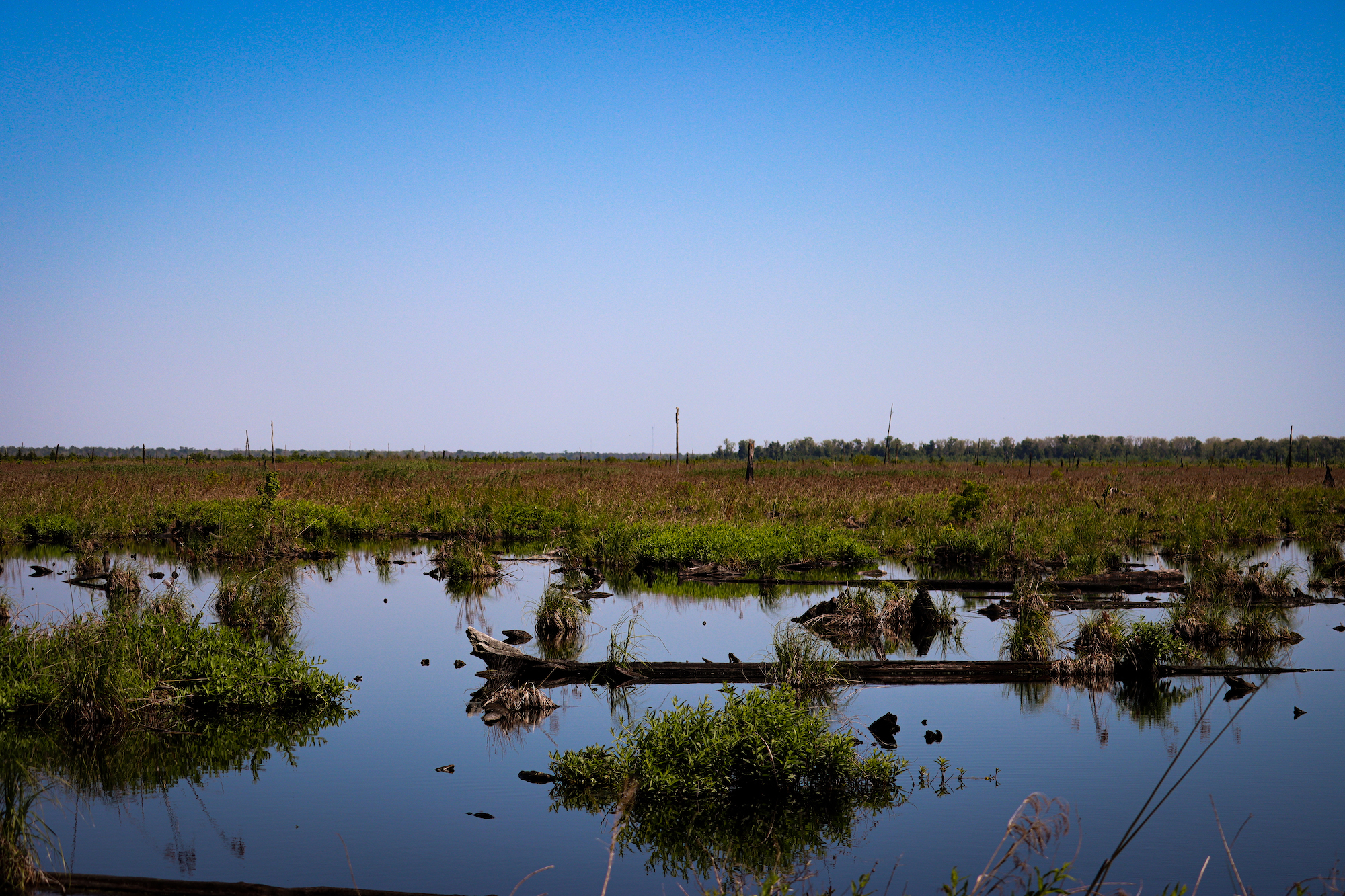
The North Carolina Coastal Federation launched the Restaurant to Reef program to facilitate oyster shell recycling by Outer Banks restaurants. Restaurants sign up for the program, and volunteers pick up the recycled oyster shells and drop them off at one of the public shell recycling locations, such as our Nags Head Woods Preserve.
Oysters were once plentiful in North Carolina’s waters, but have drastically decreased due to disease, overharvesting and habitat degradation. These delicious and important animals bring many benefits to North Carolina’s coastal waters:
- Oyster reefs act as habitats for up to 300 species of plants and animals, including juvenile commercial fish, forage fish, blue, shrimp and rockfish.
- Oysters are incredible filter feeders. They eat by pumping large volumes of water through their gills. They remove algae and nutrients, making the water clearer and cleaner for seagrasses and other marine life—an adult oyster can filter up to 50 gallons of water daily.
- The tens of thousands of recycled oyster shells are used to build new reefs; free-floating baby oysters attach to the recycled shells and grow into a reef. These reefs can help to reduce shoreline erosion by acting as a natural barrier, slowing wave action.
Taking Action
The recycled shells from restaurants are used to build new reefs so baby oysters can attach to the new reefs and grow more oysters.

Let’s Feast with Purpose
Being a responsible consumer is vital to reduce waste, conserve natural resources and support practices that protect the environment. We all love good oysters and choosing the right place incentivizes local business owners to promote the restoration of North Carolina’s beautiful coast.
Take a Culinary Tour
These restaurants are part of the Restaurants to Reef program. They recycle all their oyster shells and help build oyster reefs along our beautiful coast.
- Black Pelican - Kitty Hawk
- Blue Water Grill & Raw Bar - Manteo
- Dirty Dick's Crab House - Nags Head
- Dune Street Rawbar & Grill - Nags Head
- Goombays Grille & Raw Bar - Kill Devil Hills
- Mulligan's Grille in Historic Cottage Row - Nags Head
- Roadside Bar & Grill - Duck
- Sugar Shack Fish Market Oyster Bar and Grill - Nags Head
- Two Roads Tavern - Kill Devil Hills
History of the Oyster in North Carolina
Native Americans relied on oysters for food, and they played a significant role in the colonial economy. Coastal Carolinians traded bushels of oysters for other supplies.
They became an even bigger commodity after the Civil War. Oysters that had once been bartered for supplies were sold for cash in a market that craved plump East Coast oysters. Oyster houses were built along the coast and large canneries supplied northeastern markets with North Carolina oysters.
A struggle sprang up between the folks who harvested in shallow waters with tongs, who were largely North Carolinians, and the folks who harvested in deeper waters with motorized dredges, who often came from out-of-state. Thus began the Oyster Wars of 1891, where armed North Carolinians, supported by their legislature and governor, threatened to shoot out-of-state dredgers.
Problems with Overharvesting
The war on oysters began in the 20th century. In the late 1900s, unsustainable harvesting depleted oyster beds, and subsequent land development due to timbering and agricultural uses degraded habitat.
In 1987, a new problem hit in the form of a parasitic disease. Although Dermo doesn't affect humans, it wiped out large numbers of oysters.
The Return of Healthy Reefs
The Nature Conservancy joined the North Carolina Coastal Federation in working toward the return of healthy oyster reefs along North Carolina’s shoreline. We began this work in 2002 by creating an oyster shell recycling program with locals and using those shells to create offshore reefs.
We have built over 3,000 linear feet of oyster reef and 50 acres of deep-water oyster sanctuaries off Alligator River National Wildlife Refuge, Swanquarter National Wildlife Refuge and our own Nags Head Woods Preserve. In 2023, we collaborated with U.S. Fish and Wildlife and the North Carolina Coastal Federation to place approximately 300 bushels of recycled shells at Pea Island to create a new patch of oyster reef.

Join this Mission
Create an everlasting impact.
Donate to North Carolina






